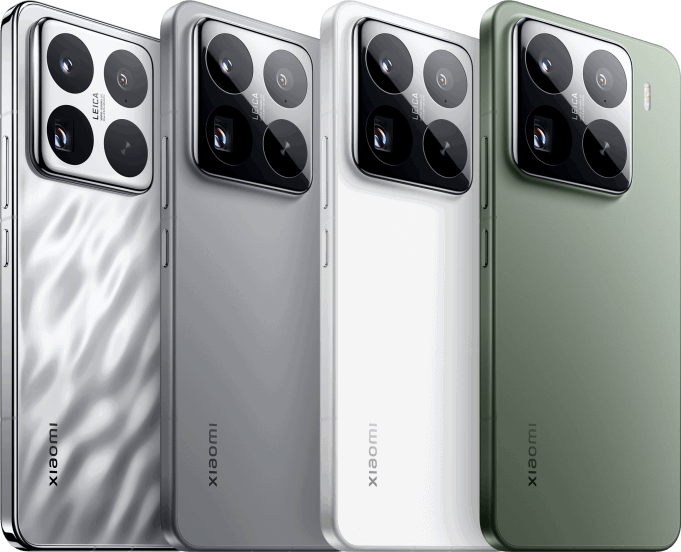Sonos recently came out with a new-and-improved version of its entry-level soundbar, the Beam (Gen 2). It’s a big deal because it supports Dolby Atmos and costs less than $500. Most Dolby Atmos soundbars cost in the region of $900 — the flagship options from Sonos and Bose — but many cost well over that.
There are two big reasons why Dolby Atmos soundbars are typically expensive. First, it’s expensive for manufacturers to get the licensing for Atmos certification; which gets them the software package that decodes and the renders the Atmos stream. And two, the best Dolby Atmos soundbars typically require more speakers to best take advantage of the immersive sound technology — and more speakers are more expensive.
But over the last few years Dolby has been working to get Atmos supported in as many products as possible — it wants to make Atmos as popular as stereo sound. As that relates to soundbars, a lot of times that means supporting both soundbars that have and don’t have upward-firing drivers. And if a soundbar doesn’t have upward-firing drivers, it can be a lot less expensive.
Atmos allows speakers to create virtual height and side channels. This fools your ears into thinking that that sounds are coming from your left, right, center and above. The Atmos software package that Dolby provides soundbar manufacturers is smart enough to figure out what kind of system it is — be a 2.0-channel soundbar or 7.1.2 home theater system — and then it renders audio so that it’s as accurate and immersive as possible.
An Atmos soundbar doesn’t need to have upward-firing drivers, though if you listen to two Dolby Atmos soundbars side by side, you’ll be able to tell if one of them has them. Both soundbars are able to virtualize sound, but the one with actual speakers firing up at your ceiling is going to do a better job at making you feel like sound is actually coming from above you.
The Sonos Beam (Gen 2) has the same architecture and same exact speaker configuration (consisting of four full-range drivers, a center tweeter and three passive radiators) as the first Beam, which didn’t and doesn’t support Atmos. The new Beam’s compatibility is thanks to improved processing power and eARC connection allow the new Beam to create virtual height and side channels, even without new drivers.
The new Beam isn’t the only affordable Dolby Atmos soundbar. TCL’s makes two, in the Alto 9+ ($300) and the Alto 8i ($180). And Monoprice and Sony both make one, too, in the Monoprice SB300 ($180) and Sony HTX8500 ($298). But like the new Beam, none have upward-firing drivers.
All of these are part of this new breed of affordable Dolby Atmos soundbars — and you can expect more manufacturers to get in on the action. While they sound good and are perfectly fine, just know that they aren’t the best way to experience Atmos. For that, you still want one that has true upward-firing drivers. Like the Sonos Arc or Bose Smart Soundbar 900.
This content is created and maintained by a third party, and imported onto this page to help users provide their email addresses. You may be able to find more information about this and similar content at piano.io


